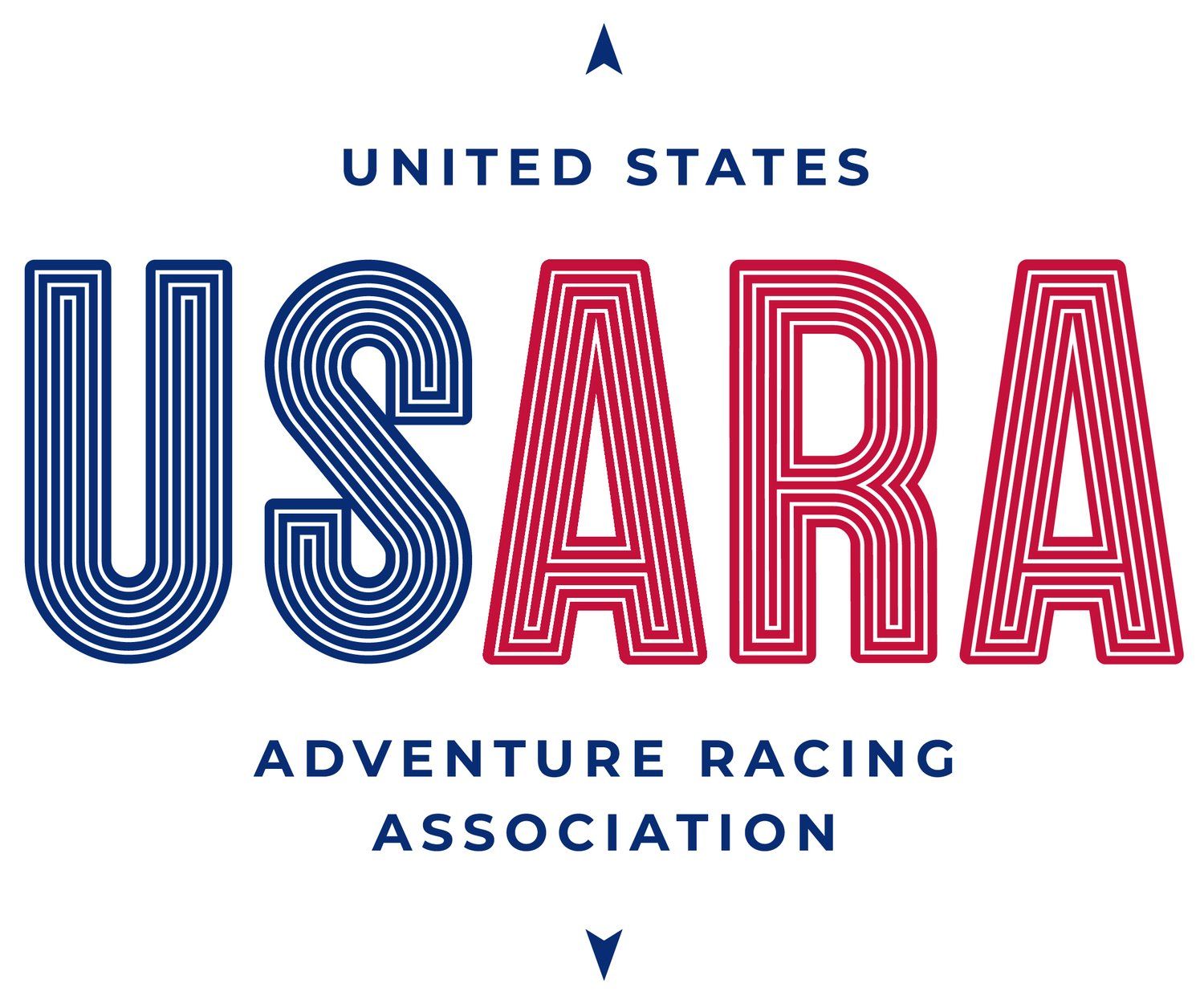What IS Adventure Racing?
Trust us, we’re used to being asked! Here’s a very quick video (less than 2 minutes) from our friends at Adventure Enablers that gives you the basics.
"If you love the challenge of outdoor sports and adventures, but are bored with the same old obstacle course challenges, road races, or triathlons, It's time to take things to the next level with an adventure race."
Adventure Racing (AR) is...
MULTI-SPORT
- Races will typically involve trekking on foot, cycling (often on a mountain bike), and paddling (canoe, kayak, pack raft, you name it).
- Some races may involve other disciplines as well.
TEAM-BASED
- Teams are typically made up of 2-4 people, who race together under a team name.
- Teams may be made up of any combination of gender, including co-ed, male, or female.
- Solo racers are allowed in some races (including the Wild Driftless)
- The premier division (the standard team for expedition events) is a co-ed team of 3-4 individuals.
NOT A RELAY
- All team members race together—there is no baton to hand off.
- This is one of the best parts of AR—working together as a team!
A SET LENGTH OF TIME
- You will have a maximum time limit to find as many checkpoints (CPs, for short) as you can and reach the finish.
A WILDERNESS RACE ON A SURPRISE COURSE
- You will not know where you are going until maps are distributed—often only a couple hours before the race starts.
- The course will often take you into unique places where few people travel.
- For much of the race, you get to go whichever way you like (within the bounds of the race instructions). Choose your own route—cut across country, leave the road or trail behind!
A RACE IN WICH YOU CAN ONLY USE A MAP AND COMPASS TO NAVIGATE
- No GPS allowed! No phones (except as an emergency tool), no smart watches. You can only use the maps provided by the race organizers and a compass to navigate the course.
- This form of navigation is most closely related to orienteering. In fact, many adventure races will have a classic orienteering section as part of the race. Orienteering (or “O”) involves using a very detailed map with an internationally agreed set of symbols.
- AR maps may be USGS topographical maps, satellite maps, road maps, orienteering maps, hand-drawn maps, you name it!
A RACE WITH TRANSITION AREAS
- Teams need to check-in at transition areas to switch disciplines (e.g. trek-to bike-to paddle), but what you do from there is up to you!
A RACE FULL OF OPTIONAL CHECKPOINTS
- A typical AR course will be relatively easy to complete in the time limit. However, to score points, you will also have to find checkpoints—all of which will require traveling extra distance and time. The team who wins the race is the team that scores the most points by reaching the most optional checkpoints and finishes under the time limit.
- Optional checkpoints are most often marked with orange/white orienteering flags placed strategically on the course to challenge your navigational skills and your route planning. These control flags may include a unique punch to physically punch your passport, or they may have a digital punch that you must punch with a finger stick provided by the organizers.
- Sometimes, checkpoints require special tasks, such as ropes (rappelling or climbing), mental tasks, or physical tasks. In these cases, a volunteer will be present. Sometimes, these locations are called “marshal points” on your race instructions.
THE COURSE MAY BE POSSIBLE TO CLEAR -- OR IT MIGHT NOT
- Some adventure race courses are set so that many teams will complete the whole course, including all the optional checkpoints. Other AR courses are set with so many checkpoints that it is not possible for anybody to get them all. You have to determine whether a course is possible to “clear” (i.e. get all the points). This is where strategy comes in!
A RACE THAT CHANGES WITH EVERY NEW EDITION
- A great AR will take you to new locations each year with different routes to bike, trek, and paddle.
- A great race will limit the “hometown” advantage, surprising even the most local participants with unexpected checkpoint locations in places even the locals don’t know.
ABOVE ALL, AR IS FUN!
- AR has all the fun of a team sport set in beautiful, scenic locations that you will experience alongside other like-minded adventurers. It is not unusual for racers to gather around a campfire after the race and swap stories of navigational errors, route choices, and strategy long into the night.
- When else are you going to get to carry your bike across a beaver dam, explore a maze of canyons in search of a flag, repel off a cliff-face, stomp through a trout stream, portage a canoe through a trail-less forest, and get a little (or maybe a lot) lost on the way? Perhaps all in the same day? That is AR!


